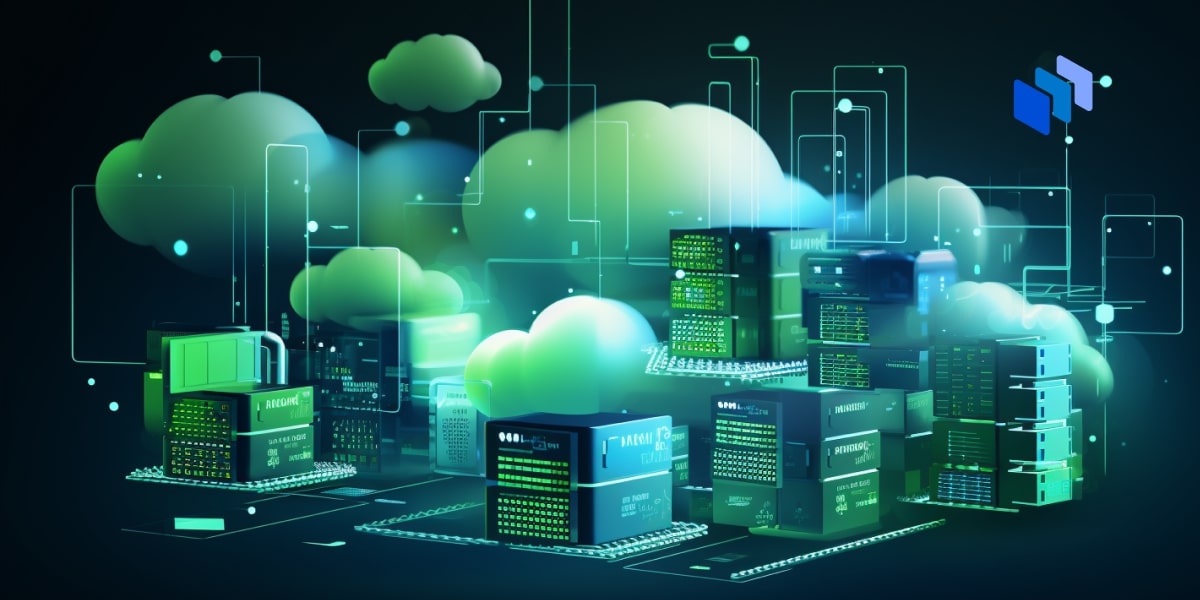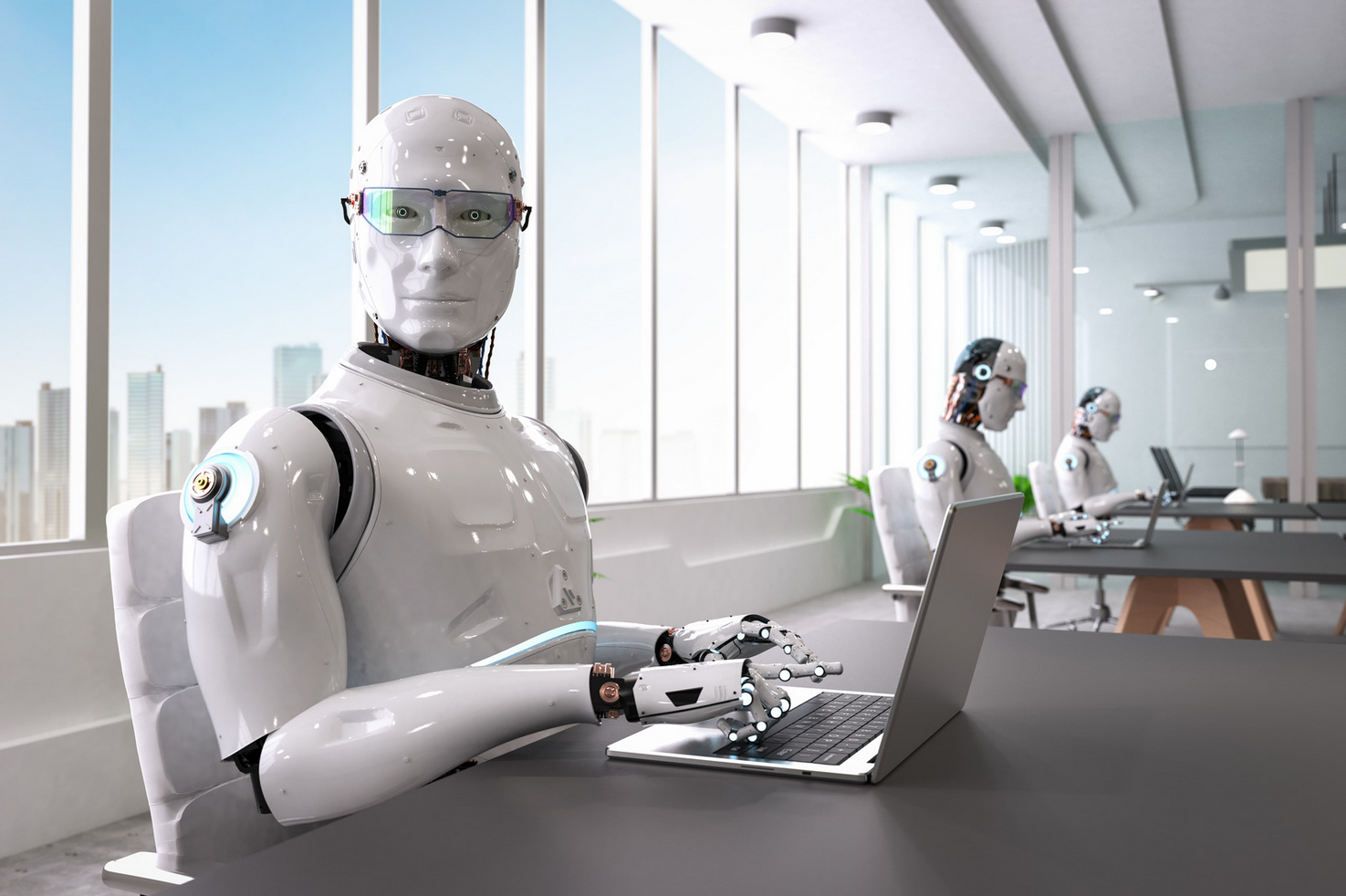Tech Trends 2024: 5 innovations that will shape the future of your company


With the increased use of available technologies and the development of new ones, the coming year promises to be a game-changer and present us with many cutting-edge innovations. In this post, we will explore 5 technology trends that will stand out during this year, propelling us towards a future driven by creativity and new digital transformation strategies.
- AI, the center of attention
- What is datafication?
- The Augmented and Connected Workforce: Empowering Employees
- An eco-friendly cloud service: the future of sustainable technology
- Quantum computing: unlocking the next frontier
1. AI, the center of attention

It is a new, and sometimes frightening, phenomenon. Common concerns range from fears that AI will lead to widespread job loss to apocalyptic visions of robots taking over the world. One thing has become clear: AI is no substitute for a human who knows the company’s mission and brand values. It does not check for things like inappropriate language or incorrect instructions.
In 2024, companies will be concerned about the business, legal, and ethical implications of AI and will define governance strategies that mitigate risk. These efforts will focus on protecting user privacy, eliminating the possibility of misuse of data and intellectual property, and maintaining data integrity and compliance with applicable regulations.
If a company does not apply AI technology correctly, it can make mistakes and take poor decisions based on inaccurate data. This can lead to legal action, loss of trust, and damage to its reputation. For example, generative AI tools are trained on data from multiple sources, including the Internet, for both image and text generation. Data sources are often anonymous, which can pose significant challenges for companies dealing with complex data or financial transactions. Unintentional use of an unknown data source, such as using another company’s intellectual property, can lead to costly legal penalties. Companies therefore need to identify the source of this information to ensure legal, ethical, and copyright compliance.
2. What is datafication?

Datafication is a process of using technologies such as artificial intelligence, robotics, and machine learning to transform various aspects of business and everyday life into meaningful data. It involves the collection, analysis, and use of data from multiple sources, such as sensors, devices, and online interactions.
The potential of datafication lies in predicting customer trends and behaviour, optimising work processes, influencing product development and strengthening data protection. Although datafication is already having a major impact, it will continue to grow in 2024 and beyond, focusing on the collection, analysis and application of data across multiple sectors.
3. The Augmented and Connected Workforce: Empowering Employees

The Augmented and Connected Workforce is a strategic approach to maximizing the value of employee performance and satisfaction, driven by the need to cultivate and grow talent. Through intelligent applications and workforce analytics, this approach provides contextualized guidance that promotes employee well-being, experience, and skill development, while delivering positive business outcomes and stakeholder impact.
The augmented and connected workforce, which integrates advanced technologies such as AI, augmented reality, virtual reality, the Internet of Things and networked systems, promotes improved productivity, streamlined operations and effective.
4. A green cloud service: the future of sustainable technology

It refers to the use of computers and other devices in an energy-efficient and environmentally friendly manner. The term can also apply to the benefits gained directly from migrating IT systems to the cloud. These efficiency improvements are the result of consolidating data centers, focusing on supporting remote and hybrid workforces that reduce the environmental impact of commuting to the office, and optimizing resource use.
It requires using ethical and sustainable methods to source and extract the materials needed to manufacture computing hardware and digital devices. It also involves meeting increasing demands on infrastructure while trying to reduce energy consumption and carbon emissions. According to Deloitte , a global provider of financial and consulting services, “data center and infrastructure optimization, focusing on migrating IT infrastructure to the cloud, can achieve reductions of 35% to 45% in CO2 emissions.”
5. Quantum computing: unlocking the next frontier

Quantum computing is an interdisciplinary field that combines computer science, physics and mathematics, using the principles of quantum mechanics to tackle complex problems. Quantum computers can perform an immense number of calculations simultaneously by taking advantage of components of quantum physics.
Quantum computing is an interdisciplinary field that combines computer science, physics and mathematics, using the principles of quantum mechanics to tackle complex problems. Quantum computers can perform an immense number of calculations simultaneously by taking advantage of components of quantum physics.




